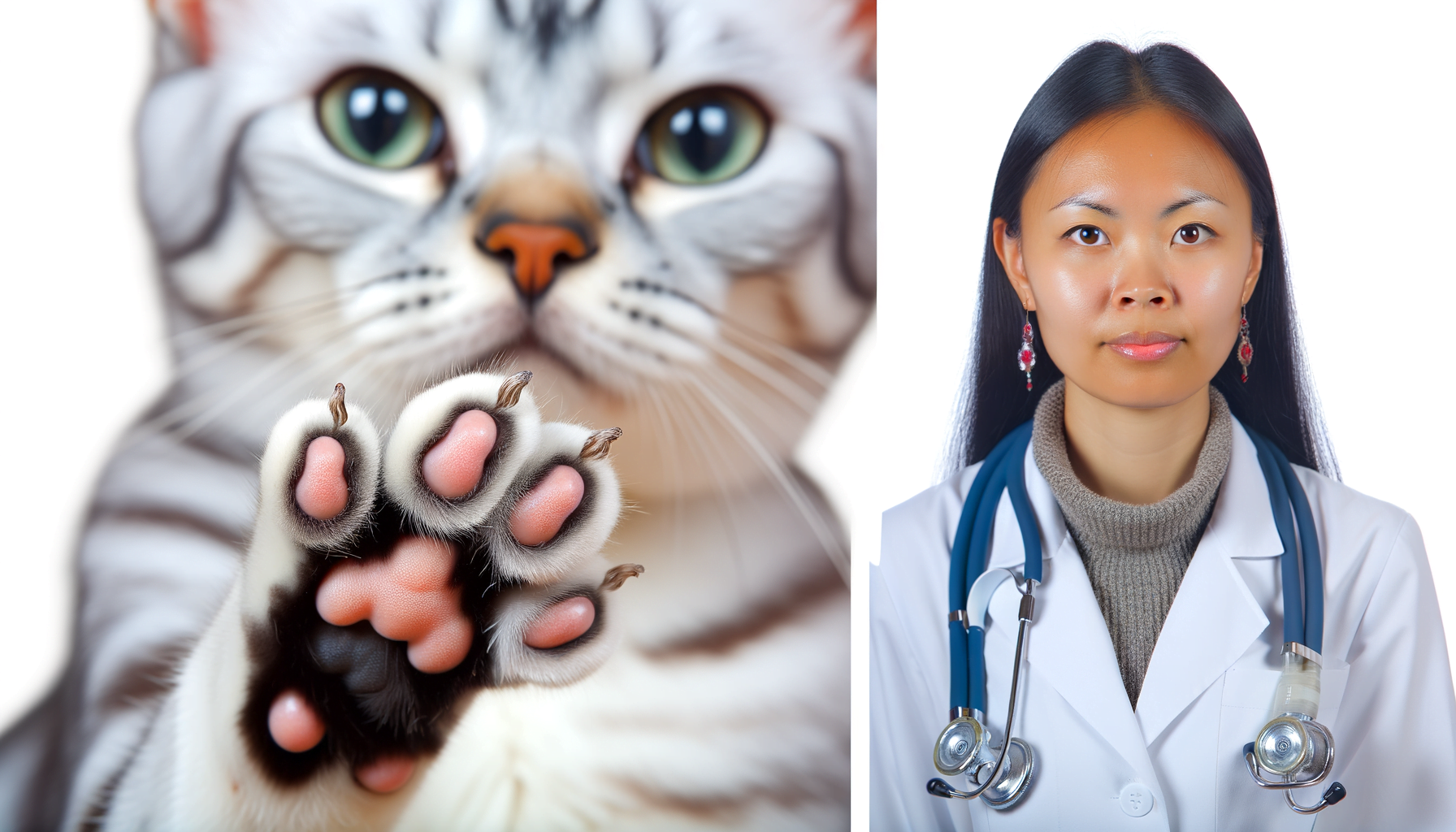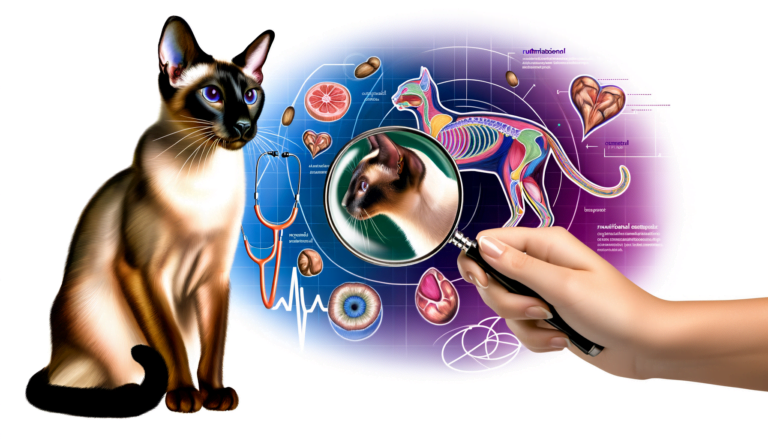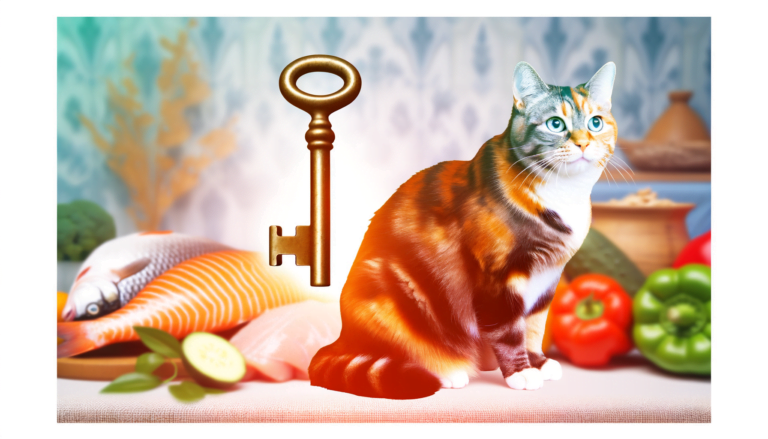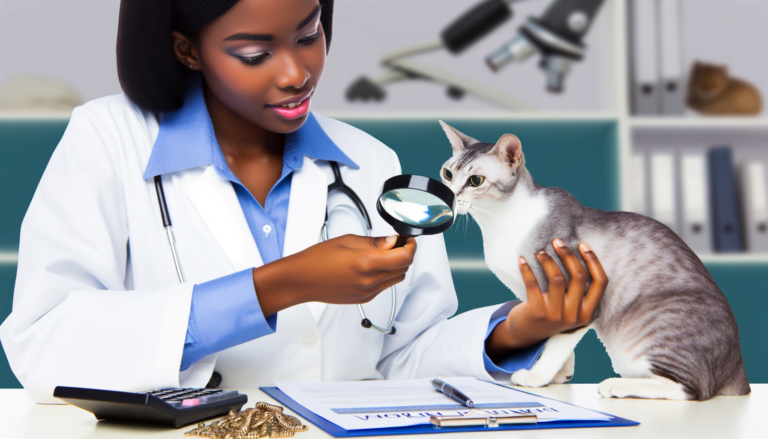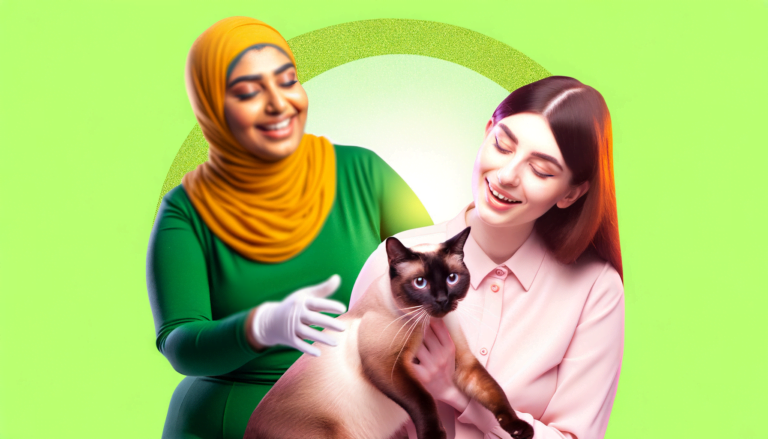Unveiling the Health Truth: Polydactyl Cats and Their Unique Concerns
Polydactyl cats, characterized by their extra toes, typically do not face any unique health issues due to their condition. Their additional digits, a result of a genetic mutation, usually do not lead to detrimental health complications. However, if the extra toes are not fully formed or are connected by a thin piece of skin, they could potentially get caught on something and injured. Regular vet check-ups and good grooming practices can help manage this small risk for polydactyl cats.
How Polydactyl Gene Affect Cat’s Health
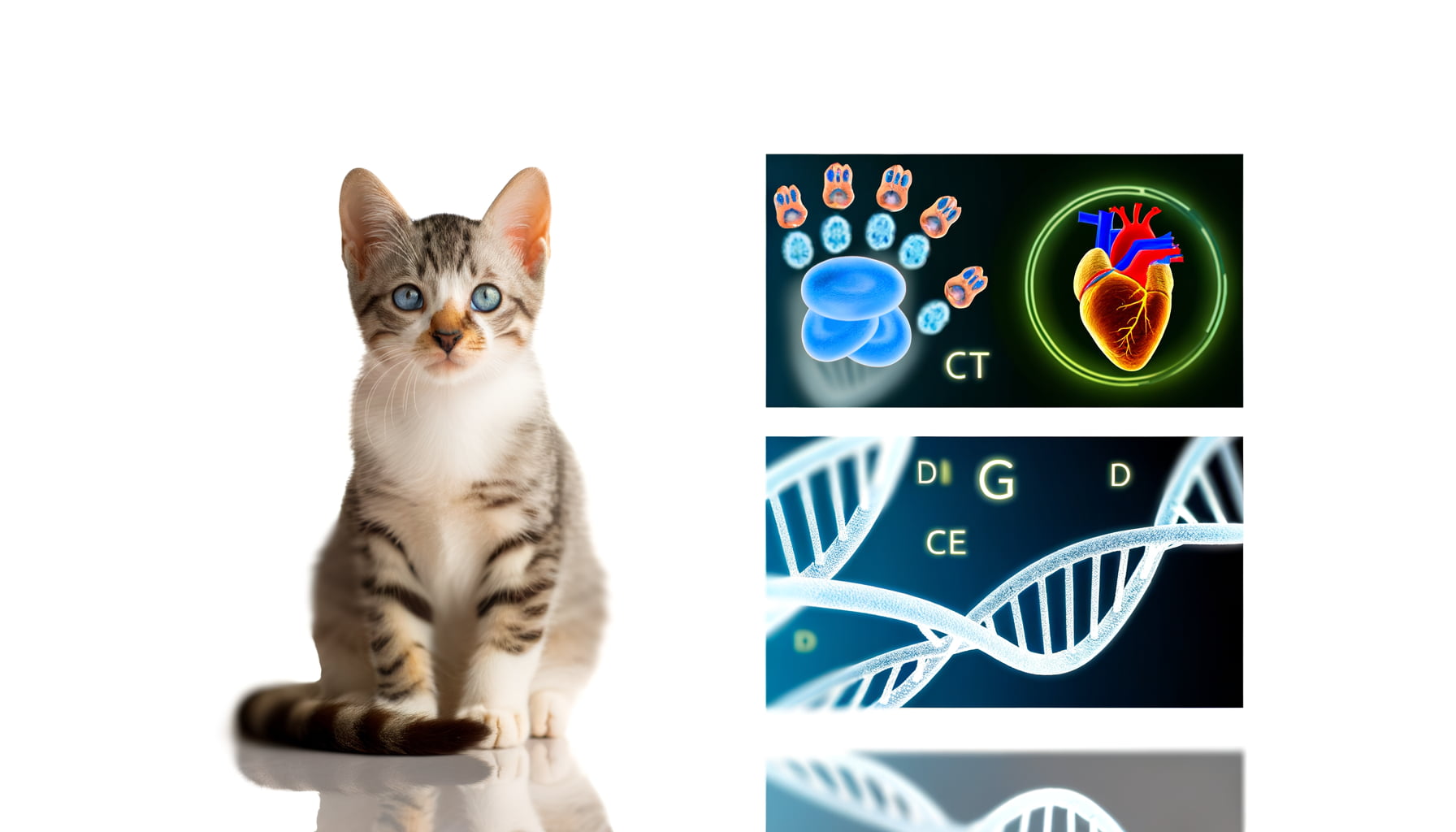
Delving into the realm of polydactyl cats, the bearing the polydactyl gene has on feline health is important to comprehend. Polydactylism in cats is a condition often linked with excessive toes on their paws. Remarkably, this genetic trait doesn’t generally pose a direct danger to a cat’s health. The existence of extra toes typically doesn’t impact their mobility or overall wellbeing. Cats with this trait often lead active, healthy lives similar to their standard-toed counterparts.
Howbeit, correlation does not substantiate causation when it comes to polydactylism and a cat’s wellness. There are incidences where the polydactyl gene can trigger related health problems. Some polydactyl cats might experience discomfort due to malformation of the extra digits. Weakened ligaments or deformities may result, potentially causing pain while walking or causing them to be more prone to injuries.
Additionally, paw hygiene can become a matter of concern for polydactyl cats. Extra toes can make grooming difficult, leading to accumulated dirt or even infection. Despite these concerns, it is critical to note that each feline has distinctive health individualities; having extra toes doesn’t endorse ailment or ill-health invariably. Regular vet check-ups and proper grooming can help ensure the well-being of polydactyl cats.
Polydactylism and Genetic Disorders in Cats
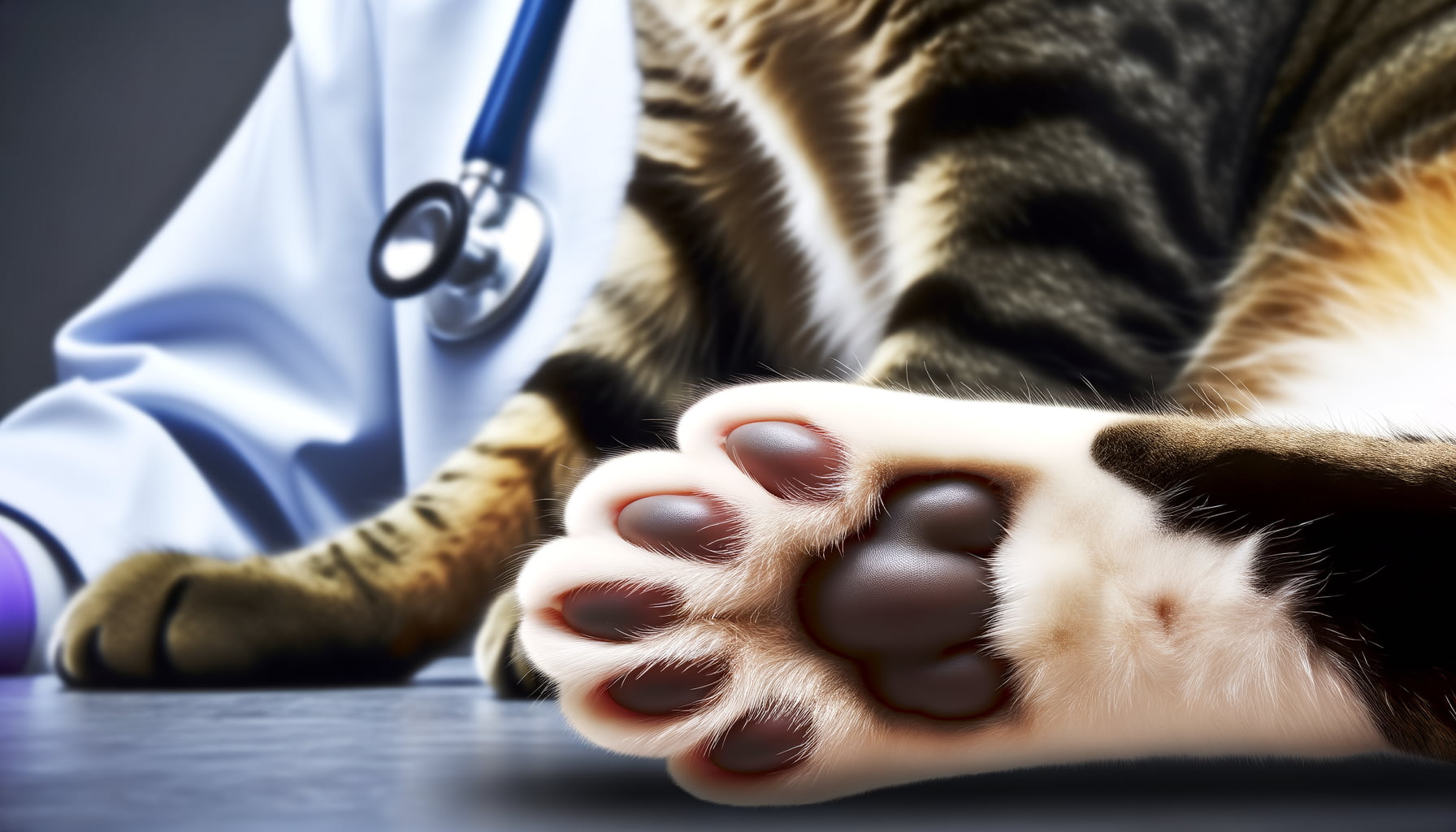
Polydactylism, also known as having more than the usual number of toes, in cats can bring certain unique concerns in regard to genetic disorders. There is a rich tapestry of complex genetic interrelations that occur within every living being. In cats, polydactylism is generally harmless, but it is vital to delve into the recesses of this trait and its effects on feline health.
A noteworthy connection is seen between polydactylism and heart diseases in cats. Specifically, the anatomy and peculiar gene factors of polydactyl cats may predispose them to heart conditions. The probability of these conditions doesn’t necessarily imply an unhealthy life but should be a factor considered by cat owners.
Moreover, it should be understood that genetic disorders in cats, including polydactylism, can also influence their breeding. Cat owners and breeders must comprehend the complexity of such genetic makeup to ensure healthy breeding practices. Thus, cross-checking the cat’s lineage for a history of genetic disorders can prevent possible congenital anomalies in the kittens.
Common Health Concerns in Polydactyl Cats
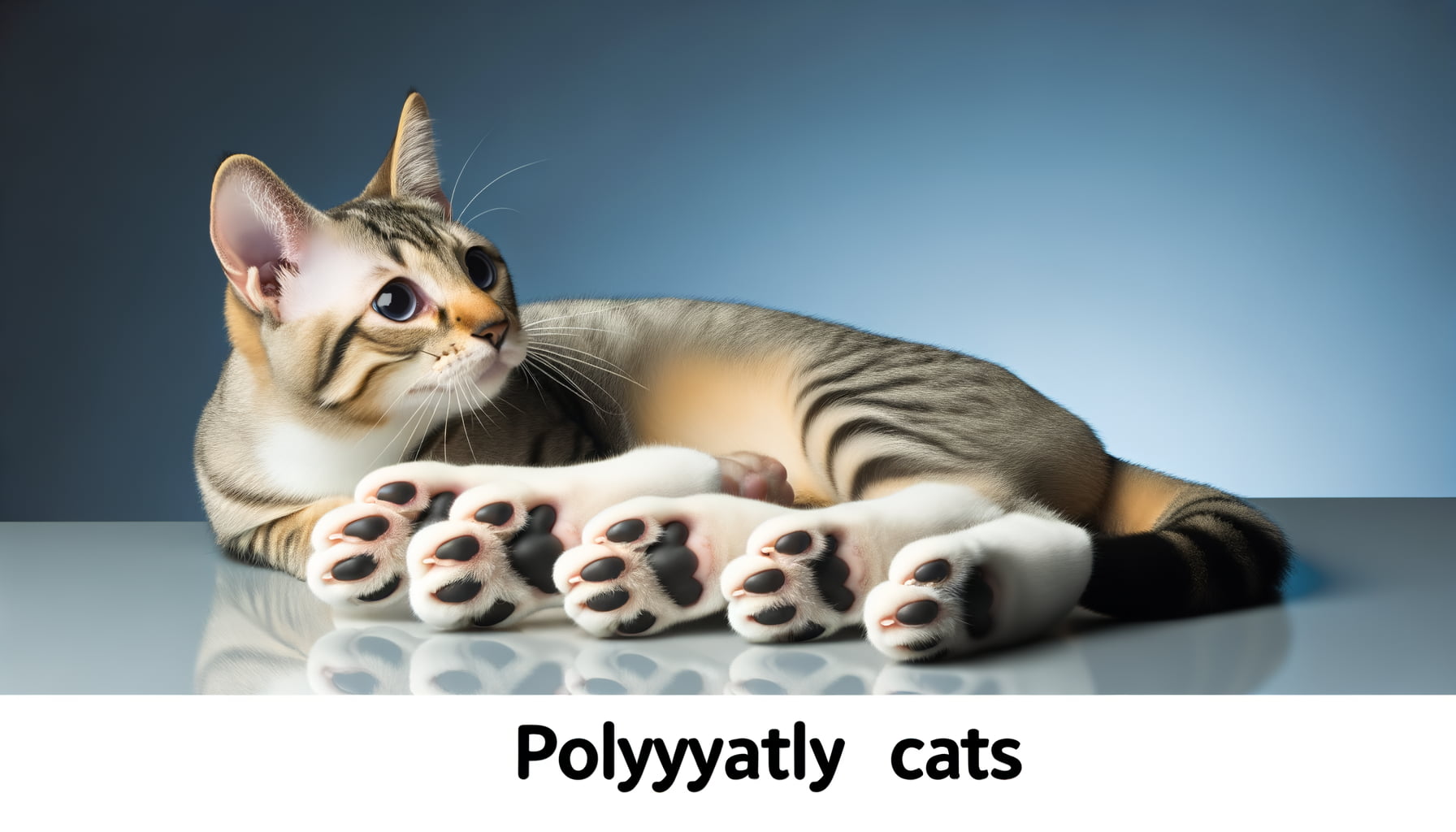
When discussing Polydactyl Cats, it is essential to address the common health concerns affiliated to them. Polydactylism neither poses inherent health risks, nor guarantees optimal health. However, there are distinct health issues to consider.
One primary health concern stems from improper digit formation. Extra toes may develop abnormally, causing discomfort or impairing mobility. This issue often necessitates surgical intervention, making cats susceptible to post-operative complications.
Nail infections are another concern. Extra digits might possess undergrown or overgrown nails, leading to infections if not noticed and treated promptly. Furthermore, these cats may also experience bouts of arthritis in later life stages due to unusual foot structure. Thus, it is crucial for owners to be vigilant in monitoring their feline’s health.
Understanding the Polydactyl Trait in Cats

Polydactyl cats, colloquially known as Hemingway cats, are unique and intriguing in their genetic makeup. Enriched with an extra number of toes, these cats stand out from their four-toed counterparts. The term ‘polydactyl’ originates from Greek words, ‘poly’ meaning ‘many’ and ‘daktulos’ implying ‘fingers’. Naturally, cats possess 18 toes but polydactyl cats may have up to 28 due to a genetic mutation. This diversity appeal to cat enthusiasts all over the globe.
Most commonly, polydactyly manifests in the form of extra toes on the front paws. However, in some cases, this trait might extend to the hind paws as well. Although the appearance may seem peculiar, the condition is not linked to any harmful health implications, rather it has been reported that cats with this trait may demonstrate higher climbing and hunting skills in compared to their peers. Nevertheless, they require the same love, care, and attention as any other cat, their toe-count notwithstanding.
Unusual as it may seem, polydactylism in cats does not cause them any discomfort or hinder their normal activities. The prime need is for the owners to ensure their paw health, as their addition toes may pose a challenge in maintaining their nail hygiene. Therefore, regular grooming and paw check-ups are essential to prevent possible complications such as nail infections
Conclusion
Polydactyl cats are fascinating creatures with unique concerns that owners should be aware of. From potential health issues to specialized care requirements, these extra-toed felines bring a distinct charm to any household. By understanding and addressing their specific needs, owners can ensure a happy and healthy life for their beloved polydactyl companions.
Whether you are already a proud owner of a polydactyl cat or considering bringing one into your home, being informed about their health truth is essential. Embracing their uniqueness and providing proper care can make all the difference in the world for these special cats, enriching the lives of both the pets and their human companions.
